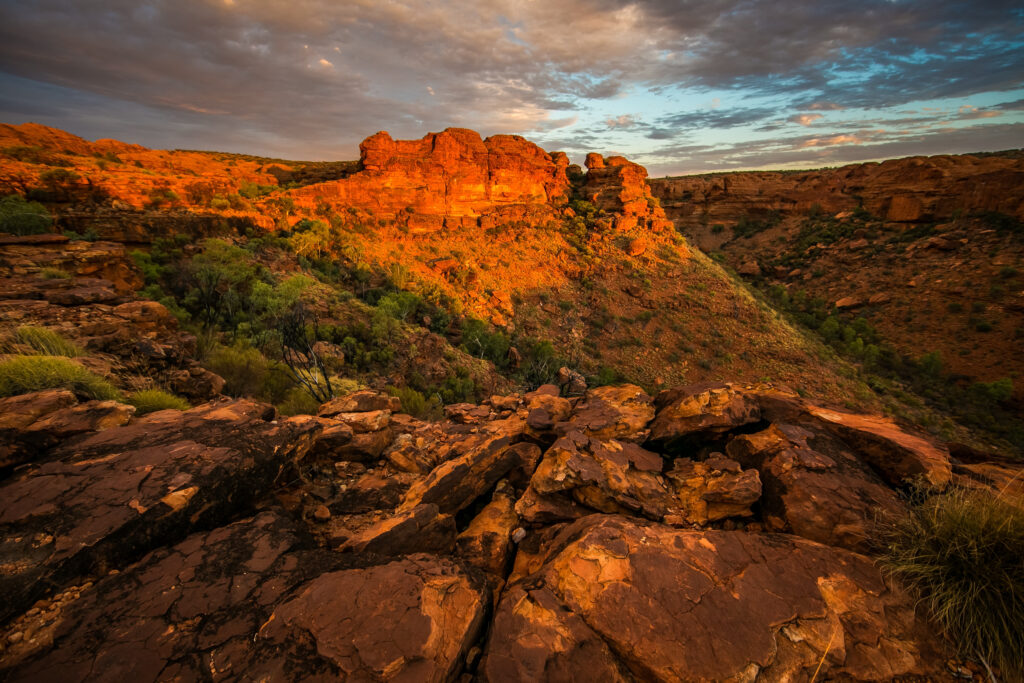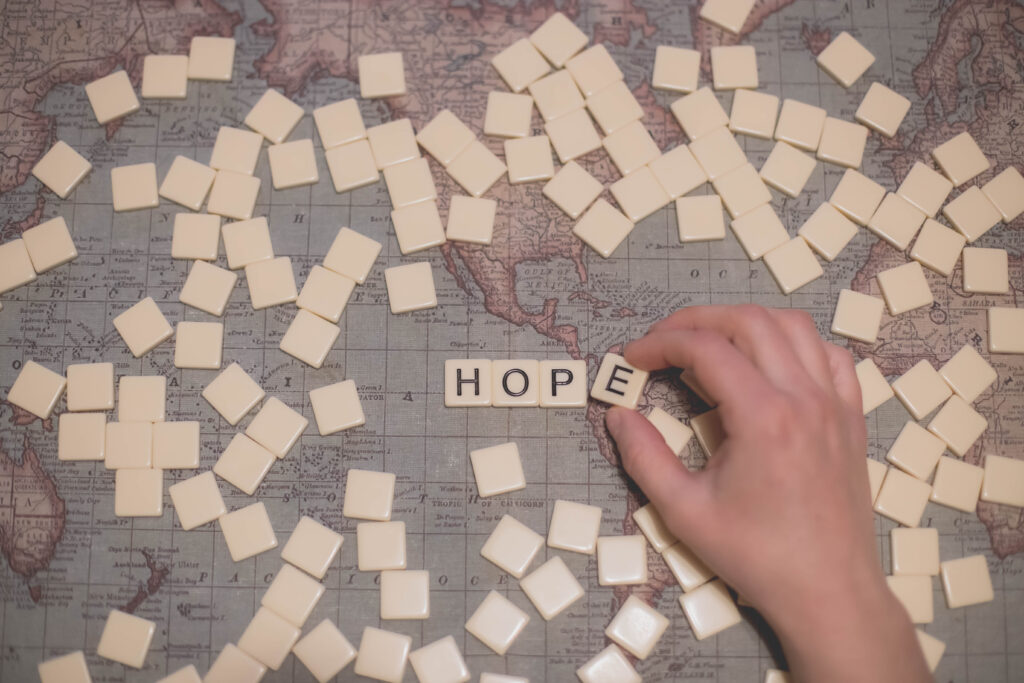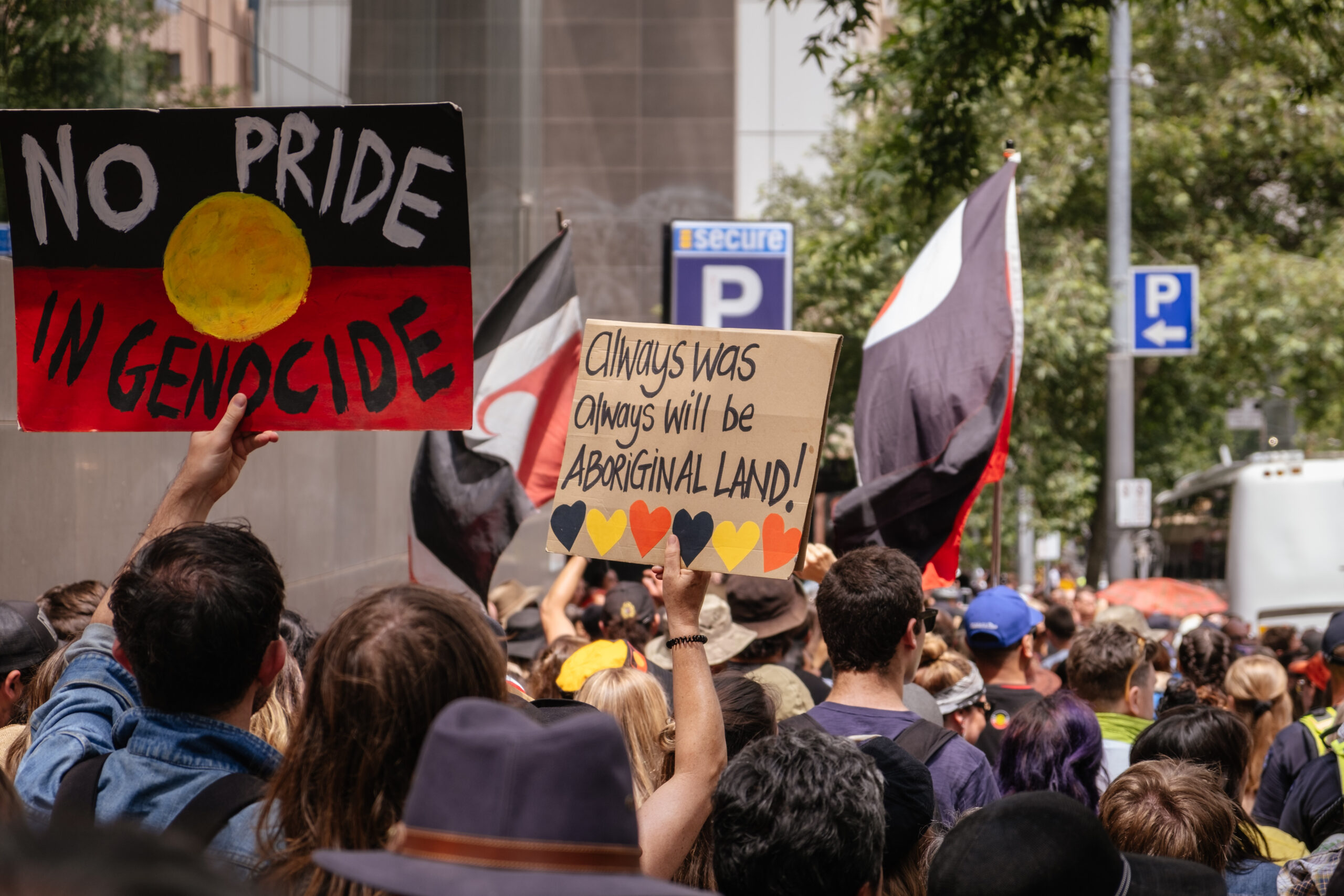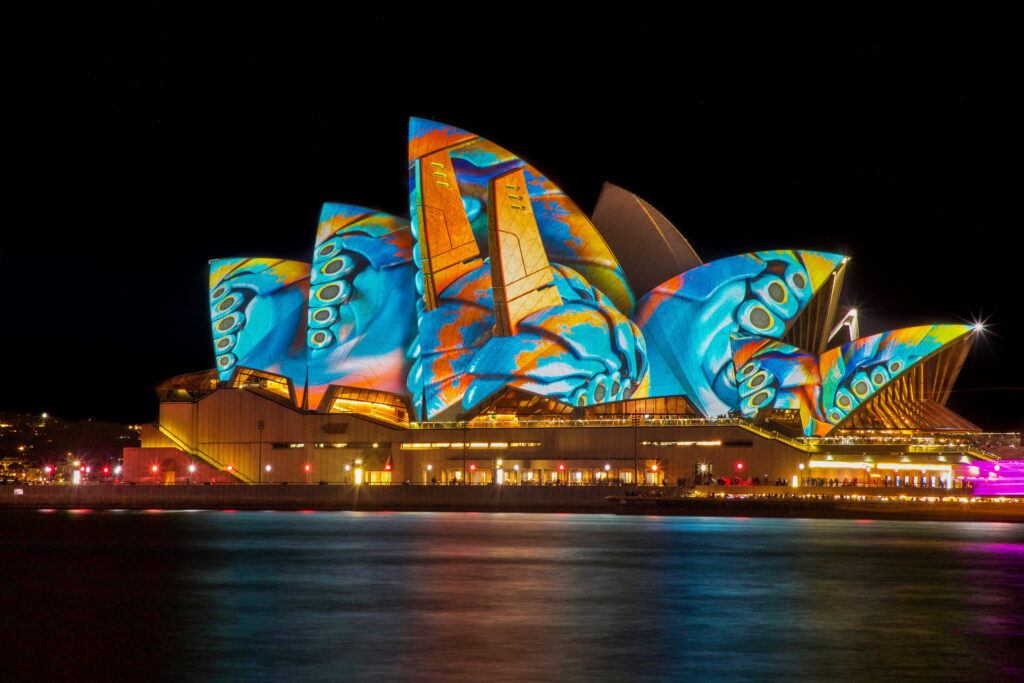A Brief Insight Into The World’s Oldest Living Culture
Before I begin and for transparency, I make several disclaimers that the following was authored by me who is a non-First Nation individual. Some of my factual information may not be agreed upon by those who were actually born on the soil where I wrote this from.
In other respects, this mysterious land largely remains Terra Australis Incognita to me even though I have been residing here for nearly two decades. Nonetheless, I have written this to the best of my ability. I acknowledge that parts of what I have described remain fraught with controversy to this day.
Australia’s indigenous and First Nations people, comprising Aboriginal and Torres Strait Islander communities, have a rich cultural heritage dating back over 65,000 years. According to the Australian Bureau of Statistics (ABS), they comprise around 4% of the total Australian population, which currently stands at over 26 million.
They are the custodians of the world’s oldest living culture and their social, cultural and political history is deeply intertwined with the evolution of Australia as a nation.
The Early Struggles
Years of colonial history and government policies have led to significant challenges for First Nations people. The impact of the ‘Stolen Generations‘, a term used to describe the children of Aboriginal and Torres Strait Islander descent who were removed from their families by Australian Federal and State government agencies and church missions, is still felt today.
The pain of cultural dislocation, brutal subjugation, loss of language and fractured family ties has been an ongoing struggle. In the political landscape, too, indigenous Australians have faced substantial marginalisation.
Despite being the original inhabitants of the land, it was not until the 1967 referendum that they were included in the census and allowed to vote in federal elections.
This referendum was a pivotal point, paving the way for reforms to improve the political and social status of Aboriginal and Torres Strait Islander peoples.

Political Recognition and Empowerment
Since the 1967 referendum, there has been significant progress in the political empowerment of Australia’s First Nations people. In 1972, the Aboriginal Tent Embassy was established on the lawns of Parliament House in Canberra as a protest against the McMahon Government’s approach to indigenous land rights.
This marked a crucial moment in the indigenous civil rights movement, bringing the struggle for land rights to national attention. In 1992, the landmark Mabo decision by the High Court of Australia recognised native title – the legal recognition that Aboriginal and Torres Strait Islander peoples have rights and interests in their land that come from their traditional laws and customs.
This was a monumental step forward, acknowledging for the first time the injustice of Australia’s colonisation. In 2008, Prime Minister Kevin Rudd issued a formal apology to the indigenous peoples for past government policies of forced child removal and assimilation.
This apology was a significant step towards reconciliation and healing. But many First Nations people still believe this is certainly not enough, despite its attempt to slowly nurture positive change.
The Journey Ahead
While progress has been made, there is still much work to be done for the political empowerment of indigenous Australians. The long-debated issue of constitutional recognition for Aboriginal and Torres Strait Islander peoples remains unresolved.
The Uluru Statement from the Heart, issued by indigenous leaders in 2017, calls for a ‘First Nations Voice’ in the Australian Constitution and a ‘Makarrata Commission‘ to supervise agreement-making and truth-telling between governments and Aboriginal and Torres Strait Islander peoples.
Furthermore, the proportion of indigenous Australians in political offices is still far from reflective of their population. Ensuring indigenous Australians have a voice in the decisions that affect them is crucial to addressing ongoing disparities in health, education, and socio-economic outcomes.
The journey of political recognition and empowerment for Australia’s indigenous and First Nations people is a testament to their resilience and strength. The challenge for Australia, in the years ahead, is to continue this journey, affirming the rights and contributions of its First Peoples, and working towards a future of equality, recognition, and respect.
Australia’s indigenous history is not a separate entity but an integral part of the nation’s story, one that should be understood, celebrated and respected.

Closing The Gap
The ‘Closing the Gap‘ strategy, launched in 2008, aims to reduce disadvantages among Aboriginal and Torres Strait Islander people regarding life expectancy, child mortality, access to early childhood education, educational achievement and employment outcomes.
However, progress has been slow and the targets have been widely missed. In 2020, a new National Agreement on Closing the Gap was formed through a partnership between all levels of government and Aboriginal and Torres Strait Islander representatives.
This agreement is a significant advance, as it is the first time Aboriginal and Torres Strait Islander peak bodies have shared decision-making with governments on closing the gap measures.
Representation Matters
Increasing indigenous representation in political offices is crucial to ensuring the voices of Aboriginal and Torres Strait Islander people are heard. The election of Linda Burney in 2016 as the first Aboriginal woman to serve in the House of Representatives and Ken Wyatt as the first Aboriginal person to serve in the Federal Cabinet, are significant milestones.
However, many have argued there needs to be more Aboriginal and Torres Strait Islander representation in politics to truly reflect Australia’s diversity.

Paving A Path Forward
Moving forward, the path to political recognition and empowerment for Australia’s First Nations people lies in genuine partnership, mutual respect and recognition of rights. Initiatives like the ‘Uluru Statement from the Heart‘ and the ‘Voice to Parliament‘ are crucial in this respect.
They are not just symbolic gestures, but substantive changes that could transform the political landscape for indigenous Australians. Moreover, a greater emphasis on education about Aboriginal and Torres Strait Islander history, culture and contributions in school curricula can foster understanding and respect from a young age.
This can lead to a generation of leaders who are more aware of and responsive to indigenous issues. The political odyssey of Australia’s indigenous and First Nations people stands as a profound testament to the unyielding spirit of human resilience, resistance and ultimate empowerment.
By acknowledging the past and learning from it, Australia can move towards a future where the First Nations people are not just a part of the conversation, but also integral to decision-making processes.
It’s a path that stretches ahead, winding and rugged, fraught with obstacles yet shimmering with promise. The horizon holds the potential of constitutional recognition, a beacon of hope in the long night.
It whispers of an increased presence in the political sphere, voices rising stronger and clearer in the halls where decisions are made, decisions that ripple through their lives and communities.
And it sings of a stronger voice, a voice that reverberates across the land, a voice that demands to be heard, to be heeded and to be respected. Australia stands on the precipice of change, the echoes of the past serving as a reminder of the journey thus far and the lessons learnt.

The Journey Is Far From Over
By acknowledging the scars of history and learning from them, Australia can stride boldly toward a future where the First Nations people are more than mere spectators. They are participants, contributors and leaders in the grand conversation that charts the course of the nation.
The story of Australia is not complete without the voices of its First Peoples, voices that hold the power to shape the nation’s destiny. And so, we look ahead to a dawn where these voices rise in unison, resounding in a symphony of empowerment, recognition and respect.
The strides made echo in the annals of history, but the journey, the journey, is far from its end.
It continues and the next chapter of their story waits to be written.
And for the remainder of my life, I hope I am present to witness even more meaningful progress in the right direction.
Comments welcome.
“The Voice” by Mitch Tambo.
About Surrinder Singh

Dr Surrinder Singh is a medical doctor, blogger and freelance writer. He is passionate about healthcare, medicine and education and works professionally with B2B and B2C clients.
A Brief Insight Into The World’s Oldest Living Culture Read More »


Leave a Comment